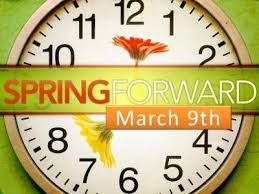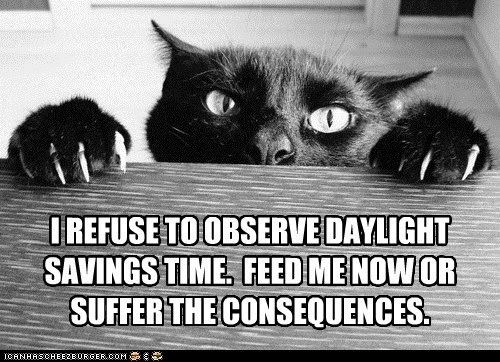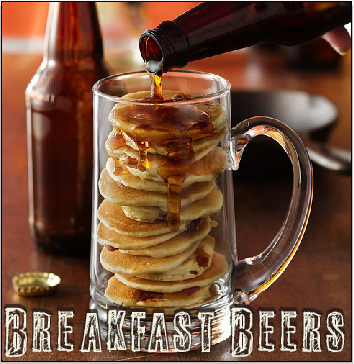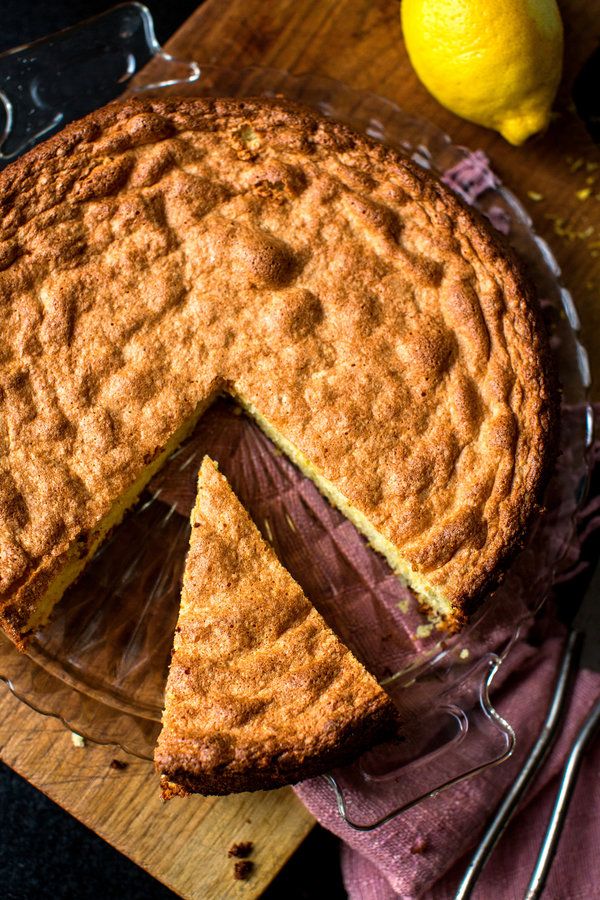 Love, or hate it, Daylight Saving Time (DST) begins at 2 AM on Sunday March 9, when the clocks on the US, Canada and most European countries jumps ahead one hour and everyone loses an hour of precious Sunday morning sleep. Damn, that’s tonight!
Love, or hate it, Daylight Saving Time (DST) begins at 2 AM on Sunday March 9, when the clocks on the US, Canada and most European countries jumps ahead one hour and everyone loses an hour of precious Sunday morning sleep. Damn, that’s tonight!
Why do we do this? To understand that question, we have to look at the history of DST which began, not fooling, in ancient Rome. BTW, it has nothing much to do with farmers, except that they hate it.
Although not punctual in the modern sense, ancient civilizations adjusted daily schedules to the sun more flexibly than modern DST does, often dividing daylight into twelve hours regardless of day length, so that each daylight hour was longer during summer. For example, Roman water clocks had different scales for different months of the year: at Rome’s latitude the third hour from sunrise, hora tertia, started by modern standards at 09:02 solar time and lasted 44 minutes at the winter solstice, but at the summer solstice it started at 06:58 and lasted 75 minutes.
Then there was inventor, diplomat, American Patriot Benjamin Franklin who coined the phrase, “early to bed, and early to rise, makes a man healthy, wealthy and wise.” While he was envoy to France, he published an anonymous letter suggesting that Parisians needed to get out of bed earlier in the summer to save candles. He tongue in cheek proposed “taxing shutters, rationing candles, and waking the public by ringing church bells and firing cannons at sunrise.” He didn’t exactly advance DST since standardization of time was unknown in the 1700. That came about with industrialization and railroads.
So who and when was DST actually put forward? The most obvious suspect for that is New Zealand entomologist George Vernon Hudson who liked collecting insects after work. He wrote two papers in 1895 and 1898 that he submitted to the Wellington Philosophical Society proposing a two-hour daylight-saving shift. There was interest but it went nowhere.
In 1905, English builder and golfer William Willett came up with the idea of DST after riding through London early one morning noticed that most Londoners were sleeping late on Summer days. He also didn’t like having to end his golf game at dusk. He published a proposal in 1907 that was taken up by the House of Commons. The bill failed, as did several others over the years. Willett lobbied for the proposal in the UK until his death in 1915.
Then came World War 1.
Starting on 30 April 1916, Germany and its World War I allies (Austria-Hungary) were the first to use DST (German: Sommerzeit) as a way to conserve coal during wartime. Britain, most of its allies, and many European neutrals soon followed suit. Russia and a few other countries waited until the next year and the United States adopted it in 1918.
It’s been adjusted and changed any number of times and not every country plays this silly game. Russia ended DST in 2011. In Summer, that’s just fine but in winter it doesn’t get light in Moscow until after 10 AM. Many residents are not thrilled leaving for work in pitch darkness and the DUMA proposed reinstating DST in 2013
In the US not all states will switch. Arizona, Hawaii and Indiana have adopted a uniform time system. This year Tennessee and Florida, have legislation pending to join them.
The claims that DST saves energy are minimal since the offset by increased use of air conditioning offsets any savings from turning off lights. And then there are those farmers. The blame for it doesn’t lie with them since DST doesn’t benefit them
Contrary to popular belief, American farmers did not lobby for daylight saving to have more time to work in the fields; in fact, the agriculture industry was deeply opposed to the time switch when it was first implemented on March 31, 1918, as a wartime measure. The sun, not the clock, dictated farmers’ schedules, so daylight saving was very disruptive. Farmers had to wait an extra hour for dew to evaporate to harvest hay, hired hands worked less since they still left at the same time for dinner and cows weren’t ready to be milked an hour earlier to meet shipping schedules. Agrarian interests led the fight for the 1919 repeal of national daylight saving time, which passed after Congress voted to override President Woodrow Wilson’s veto. Rather than rural interests, it has been urban entities such as retail outlets and recreational businesses that have championed daylight saving over the decades.
Yes, it confuses the cows. Anyone with a pet knows that they can tell what time dinner is. I know when it’s 8 AM, 5PM and 10 PM in my house, the cat tells me. But this clock thing just totally messes with her internal clock that says it’s time for me to feed her.
The other issue is health, especially heart health.
It is easier to go to bed later in the Fall, than to go try to go to sleep earlier in the Spring. Since most heart attacks take place early in the morning when the body starts to wake up and blood pressure starts to rise, losing an hour of sleep could put extra strain on a vulnerable heart.
In a 2008 study conducted by the New England Journal of Medicine, it was found that in Sweden the risk of having heart attack goes up in the days just after the spring time change. This is most likely due to the loss of that precious hour of sleep and the disruption of circadian rhythms.
Circadian rhythms are biological cycles that occur in humans, animals, insects, plants, and even bacteria with a period of approximately (circa) one day (diem). These rhythms are determined internally by a part of our hypothalamus and are synchronized perfectly to our 24-hr days by the sun and other cues. This internal clock mediates daily variation in everything from hormone levels, to sleep/wake cycles, feeding behaviour, thermoregulation, to bowel movements and cardiovascular function, among many others.
It is largely due to these predictable circadian rhythms that risk of a myocardial infarction (heart attack) is significantly highest in the morning (by about 40% as compared to other times in the day). Right as we awake, our cardiovascular system is in the most compromised state -systolic blood pressure and heart rate show the largest upward spike in the morning, blood vessels ability to dilate in response to increased blood flow is compromised (relative endothelial dysfunction), blood clots are more likely to form, and the ability to break them up is at its lowest point in the day.
 Sleep disorders are exacerbated, as well, since it is easier to sleep that extra hour or go to bed later in the Fall, then trying to go to sleep earlier. For the days after DST, many people are more tired during the day due to the loss of sleep and sleeplessness caused by the one hour change. A 2008 study showed that fatal traffic accidents increased following DST.
Sleep disorders are exacerbated, as well, since it is easier to sleep that extra hour or go to bed later in the Fall, then trying to go to sleep earlier. For the days after DST, many people are more tired during the day due to the loss of sleep and sleeplessness caused by the one hour change. A 2008 study showed that fatal traffic accidents increased following DST.
My problem with DST is the same one I have in the fall, adjusting my sleep to the time change, And then there’s my cat. who thinks it’s weird that I’m feeding her an hour she is not accustom.
Whatever your problem is with DST, it’s coming at 2 AM. So get busy resetting those clocks before you got to bed and check the batteries in your smoke/carbon monoxide detectors.






 Love, or hate it,
Love, or hate it,  Sleep disorders are exacerbated, as well, since it is easier to sleep that extra hour or go to bed later in the Fall, then trying to go to sleep earlier. For the days after DST, many people are more tired during the day due to the loss of sleep and sleeplessness caused by the one hour change. A 2008 study showed that
Sleep disorders are exacerbated, as well, since it is easier to sleep that extra hour or go to bed later in the Fall, then trying to go to sleep earlier. For the days after DST, many people are more tired during the day due to the loss of sleep and sleeplessness caused by the one hour change. A 2008 study showed that
Recent Comments